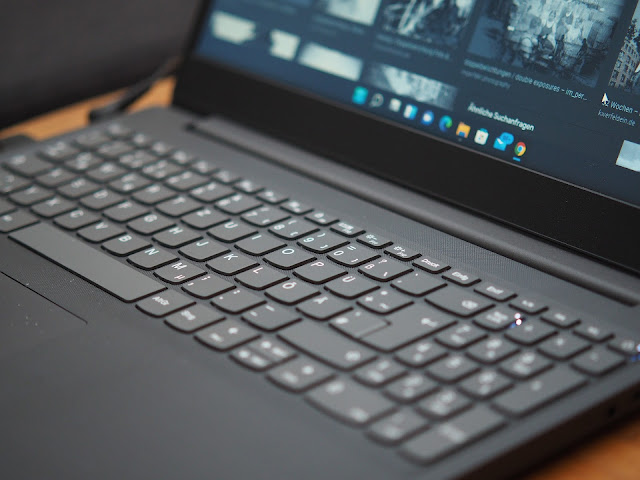How To Quickly Clear Cache in Windows 11
Cache files assist a computer in remembering particular usage patterns and facilitating a smooth user experience, but an excessive number can clog your storage. Corrupt cache files might also make your system stutter, lengthen loading times, and perform worse overall. Can the cache files be fixed, or will you have to put up with a slow PC?
One of the numerous actions you may take to maintain your Windows 11computer's speed up is to clean up the cache. According to HP, a computer company, the term "cache" refers to the storage (also known as "cache memory") that houses temporary files generated by a computer. Information is accessible by computers through these files more quickly than if it were accessed directly from RAM. This guide takes you over the fundamentals of cache and the importance of removing it before we get started on the methods for deleting cache on Windows 11 computers.
Your computer creates cache files over time. The issue comes when your PC can handle many of these files, taking up more space on your disc than you might expect. The performance of your computer decreases as the amount of free space increases. The old cache files may become corrupted as your System creates new ones, leading to errors and hiccups. Additionally, clearing the cache makes a significant amount of hard disc space available.
Settings App or Disk Cleanup Tool
- To access the Settings app, press Win + I.
- On the left menu, choose" System."
- Click "Temporary files" after selecting "Storage."
- Calculating the total size of all temporary or cache files created over time by your computer will take some time.
- You will be able to access your computer's cache files, including Thumbnails, Temporary Internet Files, and more.
- Select "Remove files" at the top of the list after selecting these. Select "Continue" from the question that appears, and then you're done. The cache files have been removed successfully.
- In the dialogue box, select the drive you need to clean up.
- You will then see all of the cache files, including the Downloaded Program, in the tool.
- Temporary Internet Files and Files.
- To remove the selected files, check the box near them and choose "Ok" at the bottom.
Clearing the Temp folder and flushing the DNS cache
- To get rid of them, open the Run window by pressing Win + R, typing %tmp%, then pressing Enter.
- After doing this, you'll find files with arbitrary names in the Temp folder.
- To select and delete everything in the Temp folder, press Ctrl + A.
- It's important to remember that not all temporary files can be deleted because one or more apps might require them. You should be able to remove most of the temporary files from your computer.
- Open the Start Menu, type the command prompt in the search box, and Run it as administrator by performing right-clicking on it. To clear the DNS cache.
- To clear the DNS cache type, ipconfig /flushdns in the Command Prompt and press Enter.
Clear the Microsoft Store cache and turn on Storage Sense
- Enable Storage Sense by going to Start > Settings > System > Storage.
- Depending on your requirements, you can even alter the cleanup schedule and select alternatives like daily, weekly, or monthly.
- With the tool, you may empty your Recycle Bin at a fixed interval.
- Press Win + R to bring up the Run prompt, then type were set to remove the cache for the Microsoft Store.
- All of the cache files created and kept by the Microsoft Store are deleted in this manner.
